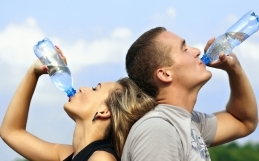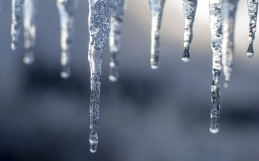 Hey there Glen Summit fans, as we start our journey into the cold months and inch ever closer to the great day of turkey and pumpkin pie, we want to make sure you all are staying properly hydrated. Dehydration can happen to the best of us, but knowing when it occurs can be a challenge in itself. Today, we go over some of the common signs of dehydration, signs that can be present even in the colder months, and what to do when they appear.
Hey there Glen Summit fans, as we start our journey into the cold months and inch ever closer to the great day of turkey and pumpkin pie, we want to make sure you all are staying properly hydrated. Dehydration can happen to the best of us, but knowing when it occurs can be a challenge in itself. Today, we go over some of the common signs of dehydration, signs that can be present even in the colder months, and what to do when they appear.
First off, the most common sign of dehydration is feeling thirsty. It may seem like an obvious one, but having an increased thirst signifies dehydration, as it can start to occur even when you don’t feel it. In addition to this, feeling sleepy and have a decreased urine output are also good indications of dehydration. Headache and dry skin may follow as well.
If nothing is done to intervene when those moderate symptoms of dehydration are present, those symptoms can exacerbate greatly. Dizziness that does not allow you to stand or walk normally, a rapid heart rate, and fever are signs that you are extremely dehydrated. In severe cases, seizure and coma may occur, requiring the need for medical attention.
Based on all of these symptoms, you don’t need us to tell you that stopping dehydration early is key in keeping you healthy and out of the hospital. Whenever you feel those moderate symptoms of dehydration hitting, go grab a bottle of water and start sipping. Do not gulp it down, as it can offset the electrolyte balance and make you bloated. Slow and steady wins the race; just be sure to drink consistently until the symptoms subside.
The best way to prevent dehydration is prevention, to keep drinking water throughout the day. So, grab that bottle on your desk and start sipping!
Should you be out of water, know that we are always here to help. Just give us a call, and we’ll run you over a case of our freshest spring water, stat!





